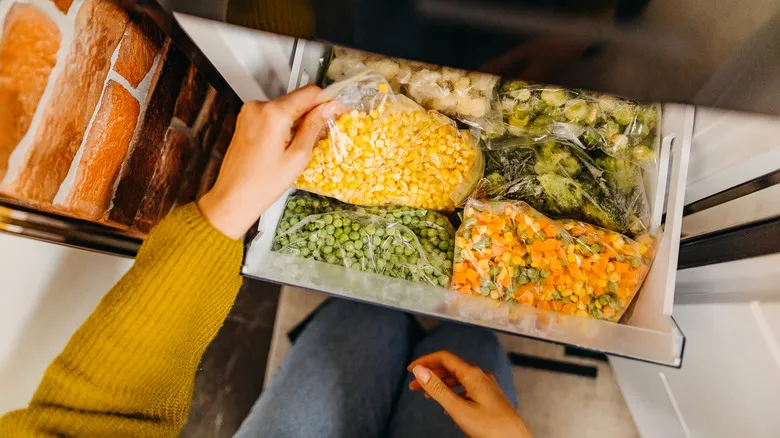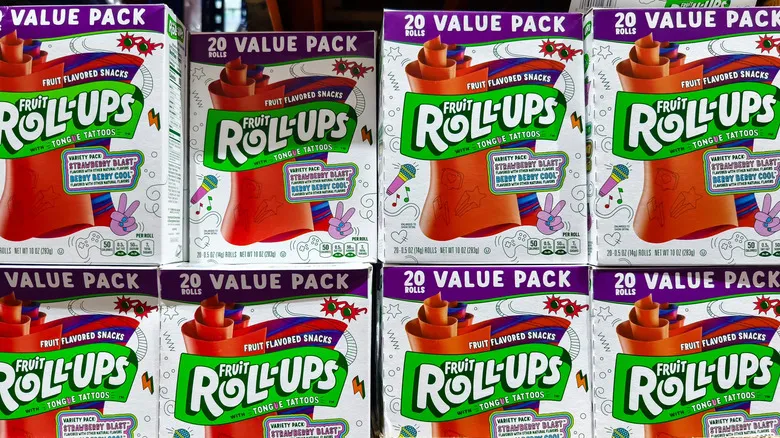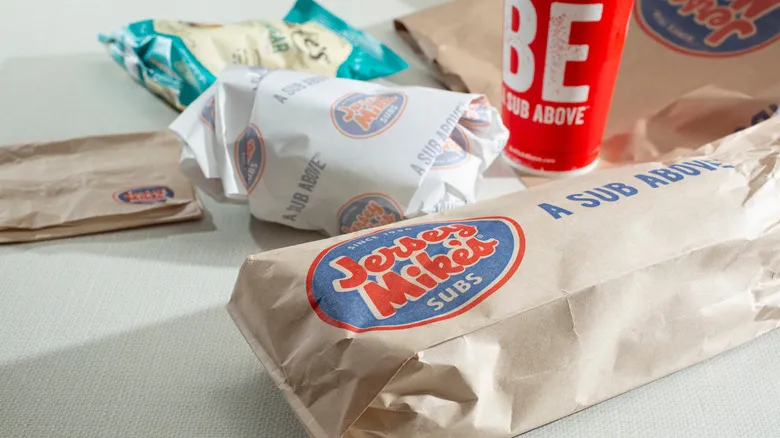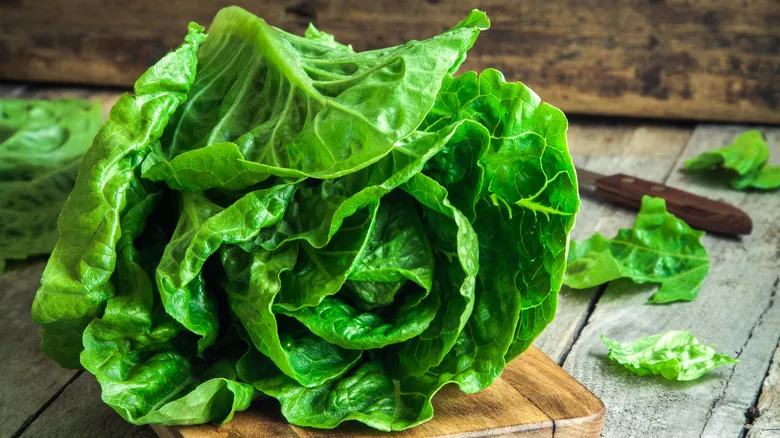What happens when you freeze lettuce

Lettuce is an exceptionally watery vegetable, containing over 95% water, which is a major reason it doesn't freeze well. The water within the lettuce turns into ice crystals when frozen, and since frozen water expands, these crystals can damage the cell walls and overall structure of the lettuce. This damage is what causes it to become mushy upon thawing, as the vegetable's "skin" has been compromised. Consequently, you'll encounter similar issues with other high-water-content vegetables, such as mushrooms and cucumbers.
While it is theoretically possible to freeze lettuce for use in watery dishes like smoothies or soups, it is not suitable for salads. One suggestion for freezing lettuce is to puree it beforehand. However, it may be more effective to freeze leafy greens like kale and spinach, which are not technically classified as lettuce, as they blend well into soups and smoothies. Although the concept of iceberg lettuce soup may seem unusual, there are recipes that incorporate cooked lettuce, such as stir-fries and broths, which could work with frozen and thawed lettuce.
Frozen cabbage: Blanch it first

Freezing cabbage isn't necessarily a bad idea if done correctly. Simply placing a raw cabbage in the freezer can lead to a mushy texture upon thawing, similar to what happens with lettuce. However, if you blanch the fresh cabbage beforehand, you can avoid this issue. Blanching involves briefly boiling the cabbage in water for 1 to 2 minutes, then immediately transferring it to a bowl of ice water to halt the cooking process. You can cut the cabbage into wedges, strips, or separate it into leaves before blanching. After blanching, make sure to dry the cabbage thoroughly before storing it in an airtight container, as minimizing air exposure is key.
Frozen cabbage can be incorporated into various dishes, particularly cooked ones like soups, sautés, and stews, where you can add it directly from the freezer without thawing. If blanched correctly, thawed frozen cabbage may retain enough crispness for slaw, although using fresh cabbage might be a better choice.
It's also straightforward to freeze cooked cabbage, such as sautéed cabbage or cabbage in soup, without any special preparation. Cooking releases moisture from the vegetables, which helps prevent ice crystals from forming during freezing. Fermented cabbage, like sauerkraut, can also be frozen with minimal impact on its texture or flavor, though some enthusiasts express concerns that freezing may reduce the fermentation benefits and probiotic growth.
Recommended

The Little-Known History Of The Fruit Roll-Up

How Jersey Mike's Went From A Local Sandwich Shop To A Global Franchise

Does Anybody Know Really Know How Beef Wellington Got Its Name?

The Origins Of Oyster Beer Are Shrouded In Mystery
Next up

